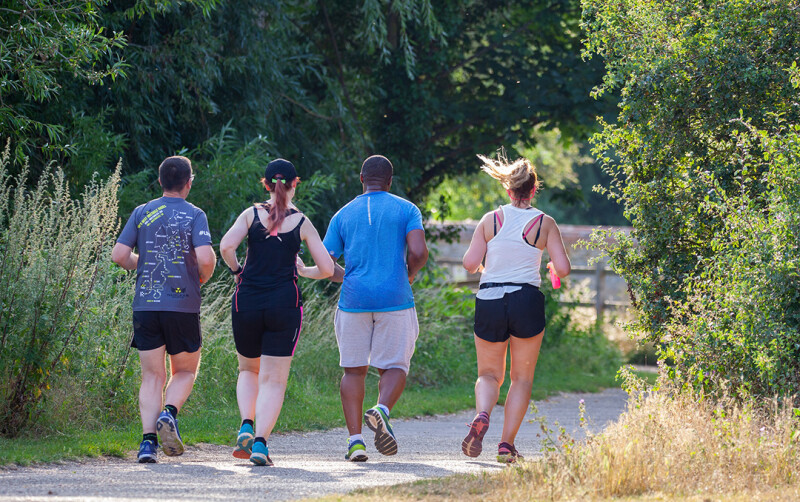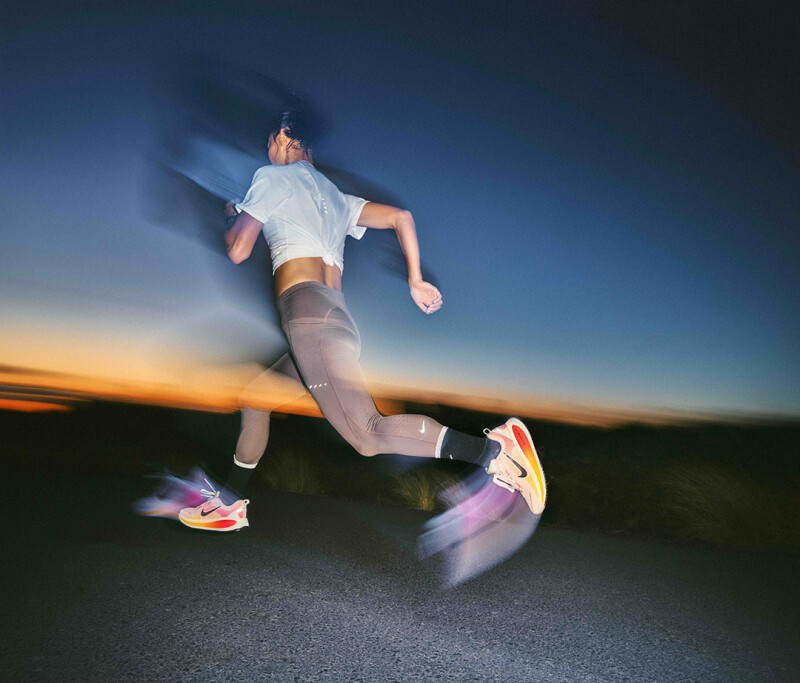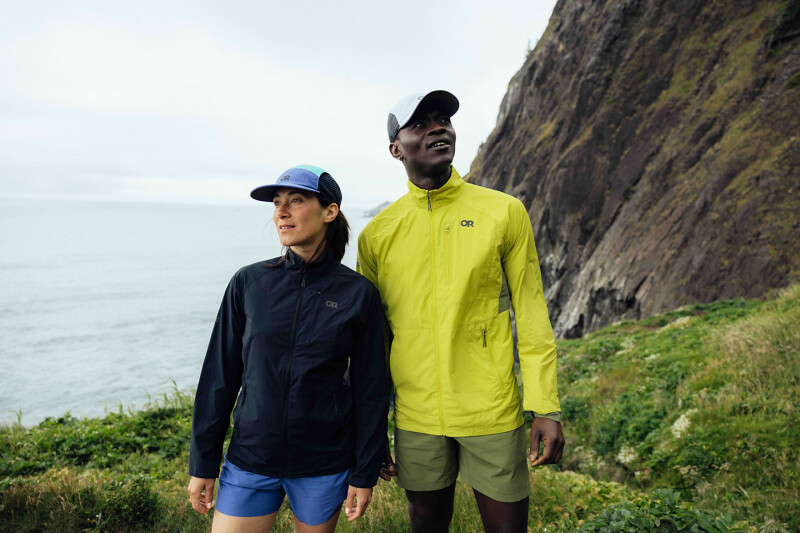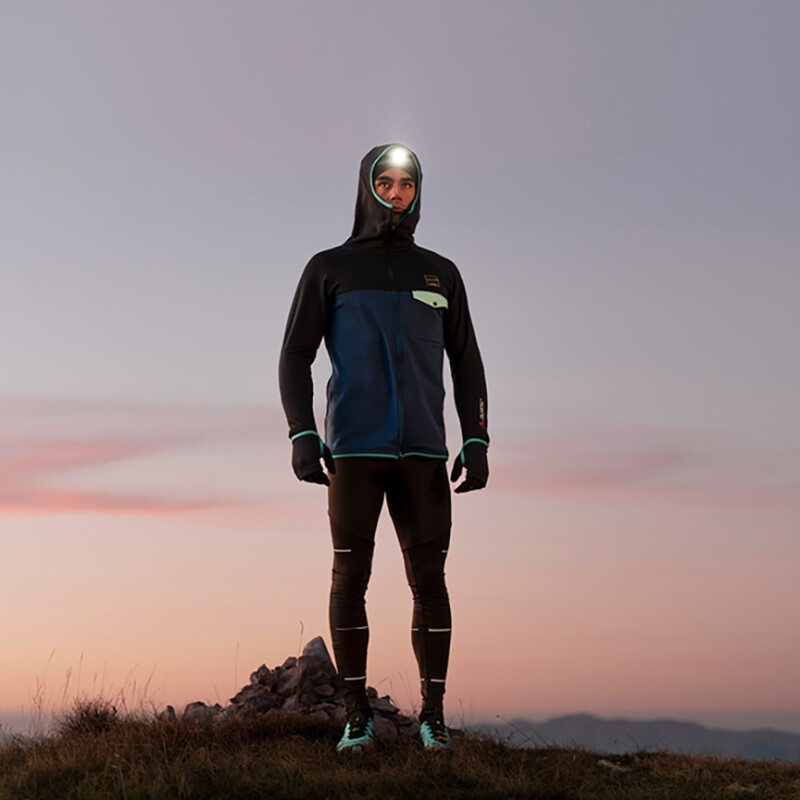From coast to coast and sea to shining sea, the Rails-to-Trails Conservancy (RTC) is on a single-minded mission to make multi-use trails a vibrant slice of the American landscape — and it’s inviting the nation’s run shops to join the movement.
“People value trails in their community, even more so after the pandemic, and our goal is trails connecting everyone, everywhere,” says Brandi Horton, the RTC’s VP–communications. “Whether it’s promoting trail use or advocating for trail connectivity, there’s no question the run community can be a powerful force in this effort and benefit from more convenient and accessible trails in their local community.”
Railbanking Explained
As U.S. railroad corridors across the U.S. plunged into misuse and faced potential development in the 1970s, citizen advocacy began sprouting around preserving the corridors for some worthwhile purpose. With a 1983 amendment to the National Trails System Act, something called “railbanking” became the go-to antidote. With railbanking, railroad companies voluntarily handed over rail corridors to trail agencies with the agreement that railroads could resume control of the corridors should rail service resume.
Railbanking sparked a surge in trail development efforts and the RTC emerged in 1986 to bring coordination and efficiency to such projects. Today, RTC remains one of the nation’s foremost champions of trail use and development with a focus on trail advocacy, protection and promotion as well as building model trail projects like its flagship effort, the Great American Rail-Trail.
Launched in 2019, the Great American Rail-Trail aims to create a cross-country multi-use trail that is fully traversable by bike or foot and separated from vehicle traffic. At present, the project is more than 50 percent complete and includes 10 segments of at least 100 miles. The designed route spans more than 3700 miles from Washington State to Washington, D.C. and connects some 150 existing rail-trails, greenways and other multi-use paths.
“Trails serve as an invitation to the outdoors and also build community in unique ways by connecting businesses, neighborhoods and people,” Horton reminds.
A Call to Running Stores
Run specialty shops can play a valuable role in promoting and preserving multi-use trails, which can, of course, help fulfill business objectives. A more sizable, diverse collection of individuals hitting the trails, after all, opens the door to increased store traffic and sales.
At the most basic level, Horton says run shops can make sure customers know these local spots exist by posting trail maps in the store, sharing maps or photos on digital channels and promoting TrailLink as a discovery tool.
“For people who run, walk or hike, bringing awareness to multi-use trails can get them out of traffic and quickly into nature,” Horton says. “Access to the outdoors that is safe and close to home is fundamental to our well-being and critically important.”
On the programming side, running stores might host workshops on trail etiquette, identifying key rules of the trail such as standing to the side when stopped or announcing oneself when passing, or organize trail cleanup events or fun runs on the trails.
Run shops might also team with local trail advocacy partners such as cycling clubs or transportation organizations to promote increased trail building, connectivity and access.
“For progress to happen, you need funding and political will,” Horton says, noting that trails are important for recreation, but also economic development, tourism and the environment since viable multi-use trails offer an alternative to automobile travel.
“Where legislators and leaders have seen the impact of the trails, they are continuing to invest and the benefits of the trails are being captured more and more.”







